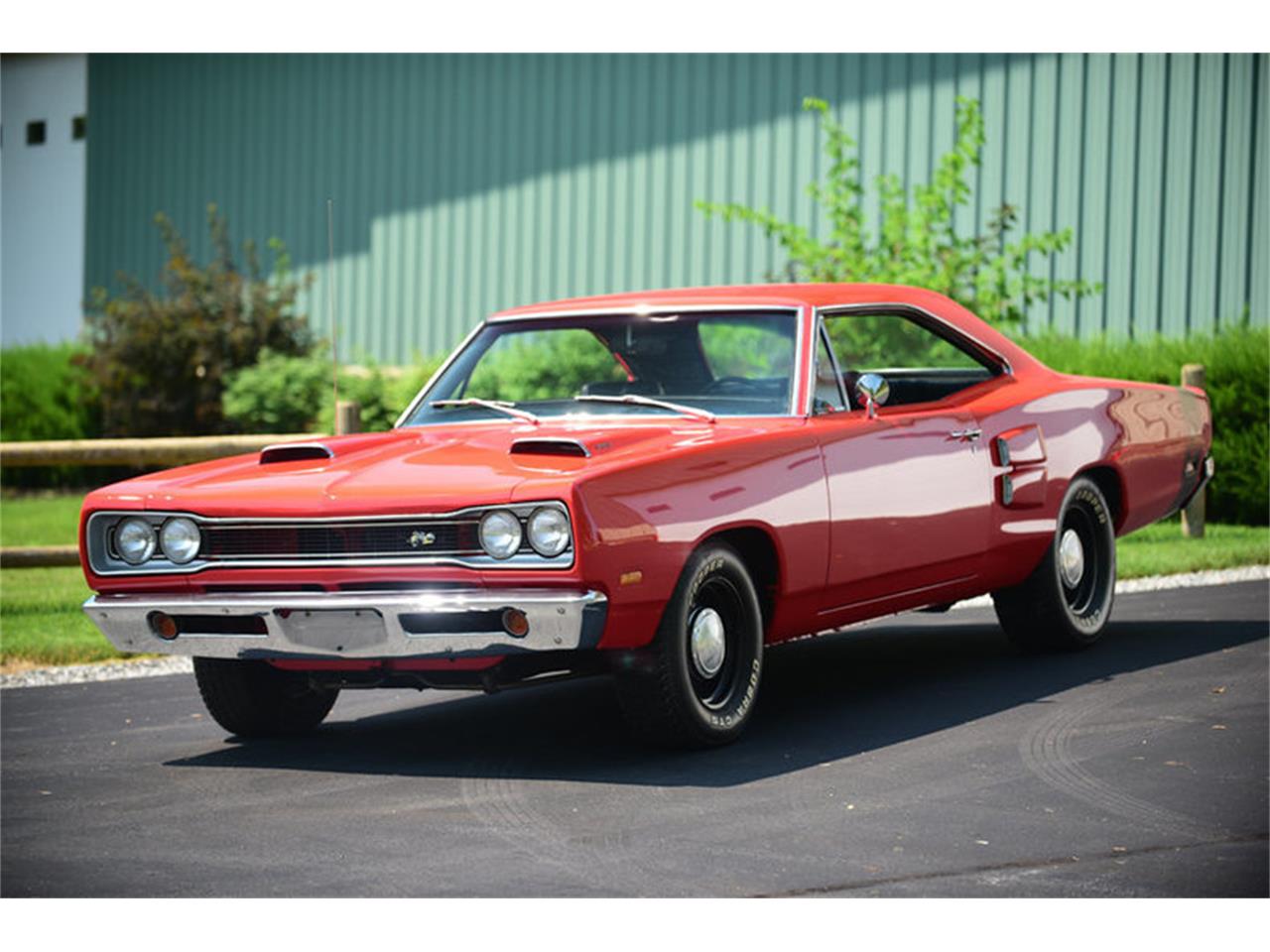

Get the driveline professionally restored, as these original A12 parts are worth their weight in gold, and then hit the streets in one of the baddest, unrestored Mopars around. Leave the paint alone, but clean up the floors, replace the carpeting and redo the front bench seat.
#1969 dodge super bee full
In my book, the right move here is a full mechanical restoration and sympathetic cosmetic refurbishment, preserving as much of the originality as possible. The beauty of this car is that it’s never been restored though, likely a product of the missing OE transmission and a reported 25,000 miles on the clock. The numbers-matching 440 Six-Pack engine is currently disassembled, but is included, along with a replacement A-833 four-speed, allegedly sourced from another A12 (remember those high-rpm shifts we mentioned?). The seller also claims to be only the third owner of the car, and he has all sorts of paperwork and documentation on the car’s history. Norm’s, which adds a little something extra to any Mopar. Getting back to the beginning, this A12 was sold new through Mr. So naturally, the chances of finding an undiscovered A12 car are rare, and expect a restored car to ask $80,000 to $100,000, all of which makes this unrestored, numbers-matching A12 that much more intriguing. In total, Dodge built 1,487 A12 Super Bees, 826 four-speed cars and 661 automatics, and they did it for one year only, offered as a mid-year model in February of ’69. Body colors covered Chrysler’s whole gamut of standard and high-impact shades. Visually, the A12 cars could be distinguished by their matte black lift-off hoods and 15-inch black steel wheels.
#1969 dodge super bee upgrade
The bullet-proof 9-3/4-inch Dana 60 rear differential with Sure-Grip limited slip was a no-cost upgrade over the usual 8-3/4-inch unit. The standard transmission was the A-833 four-speed with a Hurst shifter linkage, but a column-shifted TorqueFlight auto could be spec’d for an extra charge. Bigger 11-inch drum brakes were used on all-four corners on the A12 - the only available braking option. To deal with all the horsepower under the hood, Dodge upgraded the A12 chassis with beefier torsion bars, control arms, shocks, rear leaf springs and anti-roll bars.

But of course, many weren’t so lucky, and continuous high-rpm shifting on the street claimed many engines over the years. With those upgrades, the engines were tough and could survive years of punishment on the street.

Sparked by a dual-breaker distributor and cooled by an upgraded 26-inch radiator, the A12 package 440 was a beast that churned out 390 hp and 490 lb-ft of reliable, street-sweeping torque. But that wasn’t the end of it, and Chrysler engineers strengthened the engine with a special low-taper camshaft, Magnafluxed heavy-duty connecting rods, chrome-flashed valve stems, stronger valve springs and moly-filled piston rings. Dodge’s standard 440 RB block engine was topped with Six-Pack carburation - three Holley 2300-series two-barrels on an Edelbrock aluminum intake manifold. With the Super Bee, you got Dodge’s standard Coronet B-body chassis, beefed up in all the critical areas to accept a monster of an engine under the fiberglass, lift-off hood. Sold with steel wheels, a fiberglass lift-off hood and a hot 440 Six-Pack under the hood, the A12 Super Bee was one bad B-body, and this numbers-matching, unrestored survivor car on eBay is about as good as it gets.Ī good muscle car package is all about power and image, and the A12 Super Bee and her sister, the A12 Plymouth Road Runner, were some of the most unique combinations to come out Detroit in the 1960s. Norman Kraus’s lot was fully stocked with Mopars by the cubic inch, and he had a knack for ordering up the hottest limited build cars, just like this 1969 Dodge A12 package Super Bee. But in terms of Mopar performance, there was clear option - Mr. Carroll Shelby, for one, would have been more than happy to sell you a Shelby-tuned Mustang, and either Don Yenko or Nickey Chevrolet could order you up a 427 ci Camaro. If you had a little change in your pocket and American horsepower on the brain back in the 1960s, there were more than a few performance-minded dealers who would take your money.


 0 kommentar(er)
0 kommentar(er)
